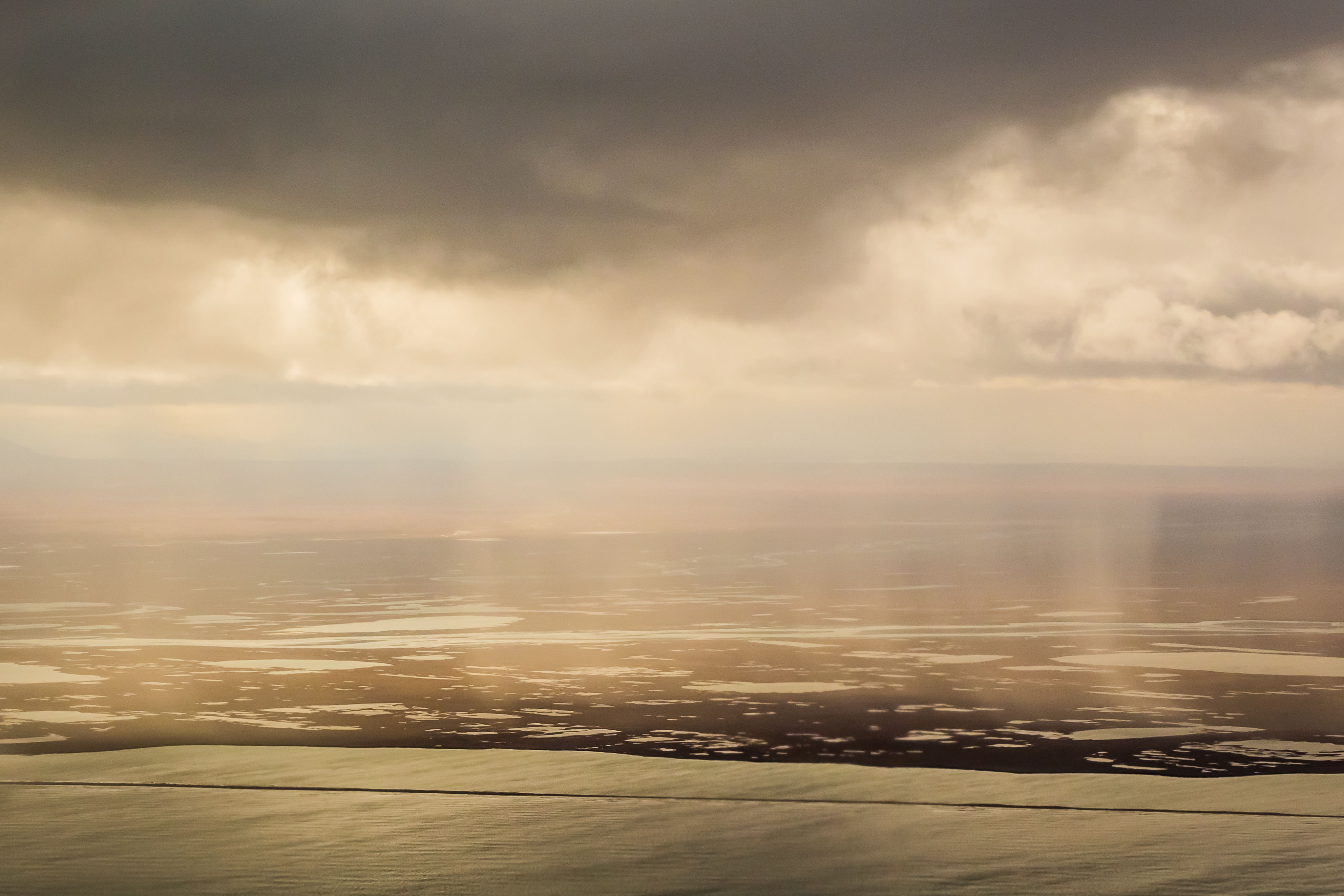Will Obama make a move to (further) lock up the Arctic National Wildlife Refuge?
WASHINGTON — As soon as it became clear that Republicans would again hold both houses of Congress and the White House, some Alaskans started talking about opening the Arctic National Wildlife Refuge to drilling. Others wondered if President Barack Obama might try to do anything to stop it.
In reality, there are few options open to Obama, and his main route of declaring the land a national monument by executive order isn’t as clear cut for ANWR because of a provision in another piece of public lands legislation.
[Obama administration cancels Arctic offshore lease sales through 2022]
Most likely, the question of closing up ANWR for good will be left to the next Congress.
Some Alaskans are wondering whether Obama might use his executive authority to add a layer of protection, employing the Antiquities Act to make a national monument in the potential drilling area. But given his past moves to further close the area off to development, it appears that White House lawyers don’t think that’s a viable option.

In 2015, Obama asked Congress to designate ANWR as a wilderness area due stringent protection, closing it off to drilling, drawing the ire of the state’s congressional delegation.
That’s unlikely to happen given the current or future makeup of the Senate.
But opening ANWR to drilling would also take an act of Congress.
The 1906 Antiquities Act law allows presidents to designate monuments to protect natural, cultural or scientific features of a plot of land. Since its enactment by President Theodore Roosevelt, 15 presidents have designated more than 150 national monuments.
President Calvin Coolidge used it in 1925 to create Alaska’s Glacier Bay National Park and Preserve. President Jimmy Carter created 15 national monuments in Alaska in 1978, before the issue was reconciled in 1980 in the Alaska National Interest Lands Conservation Act (ANILCA).
Obama has used the law 25 times — the most recent the expansion of the Papahānaumokuākea Marine Monument in Hawaii and designation of the first-ever marine monument on the East Coast.
But there’s an additional hurdle when it comes to the refuge area. Section 1326(a) of ANILCA requires that any new designations of more than 5,000 acres of onshore land be ratified by congress within one year. Otherwise, it is withdrawn.
Nevertheless, the question keeps coming up.
In September, Alaska Sen. Lisa Murkowski questioned Bureau of Land Management Director Neil Kornze about whether there could be a new national monument in Alaska before the end of Obama’s term in January.
“I don’t have anyone in my office talking about monuments in Alaska,” Kornze said. “I can’t tell you what the president is or isn’t thinking, but in terms of my interaction with these issues, I’m not aware” of any potential new monuments in the making, he said.

No action seems to be the continued plan, according to anti-drilling advocates that visited the White House just two days after the election.
On November 10, an international group of tribal leaders met with White House officials in Washington to push for protecting the coastal plain of ANWR from drilling, including officials from the Gwich’in Steering Committee, Arctic Village and Beaver, the Vunut Gwich’in First Nation Canada and the Tanana Chiefs Conference.
The group emerged from the meeting with another call to Congress to designate the Coastal Plain of ANWR as a wilderness area closed to drilling.
Bernadette Demientieff, executive director of the Gwich’in Steering Committee, was there. She said she felt “like they took our meeting seriously,” though the reality of the election’s outcome was still sinking in.
“I had a really hard time because we landed in DC during the election,” Demientieff said. “I guess we’ve got to roll with the punches.”
All “we can continue to do is share and help people understand that this is a human rights issue… We’re just going to continue,” she said.
Alaska’s congressional delegation has been cautiously optimistic about the chance to open up ANWR under President-elect Donald Trump’s administration.
Alaska Rep. Don Young noted on election night that he had voted to open ANWR a dozen times in the House already.
But in the Senate, Murkowski has noted the need, unless the Senate rules change, to gather 60 votes to open ANWR, or otherwise face a filibuster.
The Senate lost two Republican seats in the 2016 elections. Louisiana’s seat is still up to a runoff election, and for now there will be 51 Republicans in next year’s Senate, at most 52.
In 2005, when the Senate, House and White House were all controlled by Republicans, opening ANWR was unsuccessful. Some moderate Republicans, like Sen. Susan Collins of Maine, are likely to continue to vote against it.
The delegation could try inserting language into a budget reconciliation, if one comes along in the next year. A provision opening ANWR was inserted into such a bill in 1995 — only to be vetoed by President Bill Clinton.